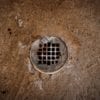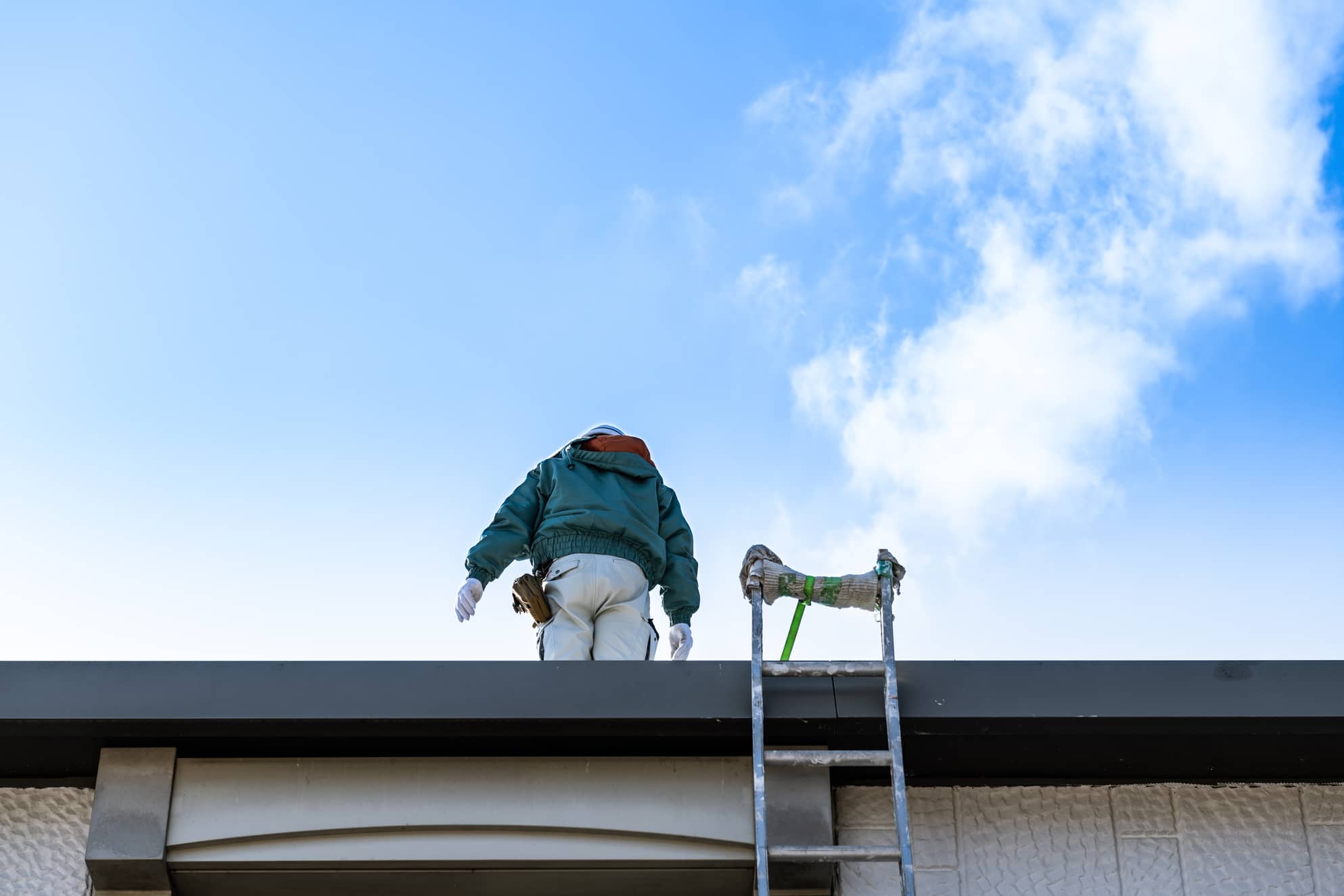
Finding issues with your home is not something that homeowners ever like to do. It will never be your first choice as a homeowner, however, it is necessary to protect your investment. Finding a leak in your roof is one of the most important needs. If you aren’t able to conduct this inspection yourself, you will want to call on a professional roofing contractor. How to find a roof leak with no attic? Let the water run down the damaged spots on your roof and check your stains or call a professional.
Let’s take a look below at our options here.
What Tools Do I Need
Every home project requires some type of tools and equipment. Luckily, finding a leak in a roof with no attic space is fairly simple. Here is what you need.
- Ladder – needed to climb up to the roof and begin your inspection.
- Garden hose – needed to seek out seepage of water into the openings of the shingled roof.
- Pry bar – allows you to lift your shingles to see if there is damage or rusted nails that are allowing water to get into your home.
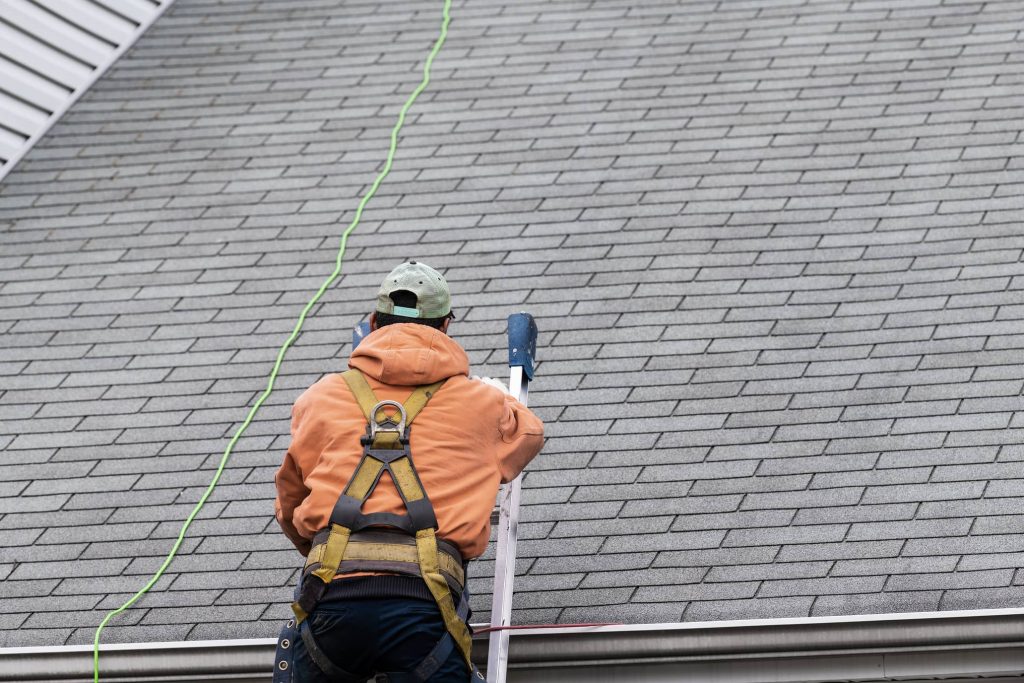
What Are The Steps
As with any project, there are steps to be completed. Let’s explore the best ways to find a leak in a roof without an attic:
- Check for water stains on your ceiling
- If you have tall ceilings, check for stains at the highest point.
- Locate the stains in terms of the slope. Smaller stains that are higher up the slope than the bigger stains are usually where the water penetrates through the roof. This shows water has entered and travelled down the slope creating a pooling and larger stain towards the bottom.
- Now, use an extension ladder, secure the ladder to the edge of the roof, and climb up onto the roof.
- Always wear rubber-soled shoes that are nonskid.
- Find the area where you suspect is the leak location.
- Check your flashing on the vents and chimney for damage.
- Check your shingles in the suspected area for moss and if they are loose.
- Use your pry bar to lift up your shingles. This allows you to check the roof decking underneath.
- You will see rotting wood and damaged tar paper if there is a leak.
- If nothing is discovered, use your garden hose to soak the shingles in small areas.
- Have someone inside the home to see if any water stains or dampness shows up on the ceiling.
- Make sure you don’t flood the roof. Complete this task in small areas until you are sure to have located the leak.
How Do I Know
Luckily, there are a few ways to determine if you have a leak in your roof but don’t have an attic. Obviously, the access to an attic makes things a lot easier but doesn’t necessarily solve any problems. If you let the damaged roof go too long without repair you will definitely begin to see some structural damage inside the home. Let’s see how we can discover a roof leak without an attic:
- Ceiling stains – if you have brown spots on your ceiling there is a leak somewhere. Of course, it could be from water pipes, but more than likely, you are looking at a water flow from somewhere. The slope of the roof will tell you the direction of the water travel. Typically, a sloped roof will allow the water to travel from the top to the bottom.
- Outside of the Home – check the area for rust and the step flashing. If your step flashing is loose, then water can travel into your home on onto your ceiling. You will need your step flashing replaced or resealed/connected to the roof. This can be a tough task because your step flashing is connected to the roof and the adjacent siding. Also, check the rest of the roof items, like chimneys, sunlights, or vents, for gaps or seal breaks.
- Roof Top – check for seal opening on your roof jacks. The PVC pipes that alleviate sewer gases might be the place of an open seal. Check for black stains on the roof, missing shingles, uplift to some shingles, or even wide cracks in your shingles. All of these openings lead to leaks.
Home Inspector Tips
Keep in mind that if you reach out to your local home inspection team, they have special equipment to help locate the leak fairly easily. Reduce your stress by following the steps above and call on your home inspection team. Have you ever heard of thermography? Your home inspection team can use their thermal imaging equipment to detect images through the ceiling or walls in order to determine where the leak might be located. This can save you a lot of time and money.
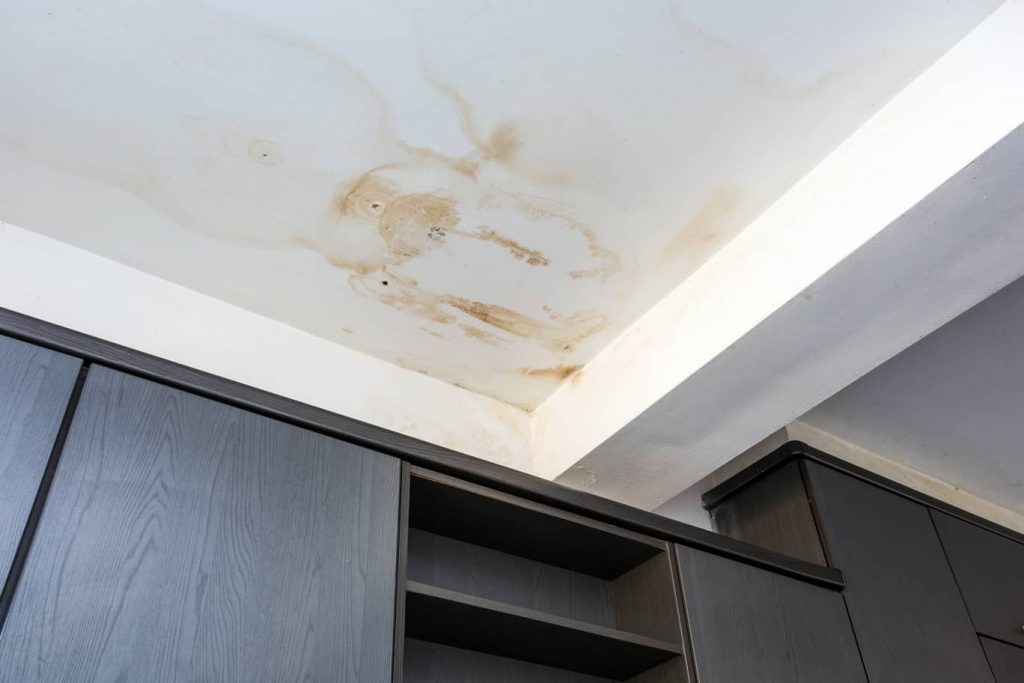
How Much Does It Cost
The repair cost for a roof does not change because you don’t have an attic. However, you might see a higher bill and be prepared to pay between $400 and $1,800 to repair a leak in your roof. Keep in mind that materials used and labor fees will drive the cost.
Other Recommended Maintenance
While you are checking for leaks on your roof, this might be a good time to figure out how to change your bathroom exhaust fan. Not having an attic can prove many challenges for a homeowner. Keep this in mind when looking to buy a home. Attics are nice to have for storage space and access.
Another area to think about is whether you want to add gutters to your home or not to deal with the roof runoff. The good news is there are alternatives to gutters such as rain barrels, rain dispersal systems, and french drains.
Lastly, you may be noticing that there are smells coming through your vents. Don’t fret yet, try changing the filters in the HVAC unit first. Then, if that doesn’t work, contact a company to professionally clean the air ducts.
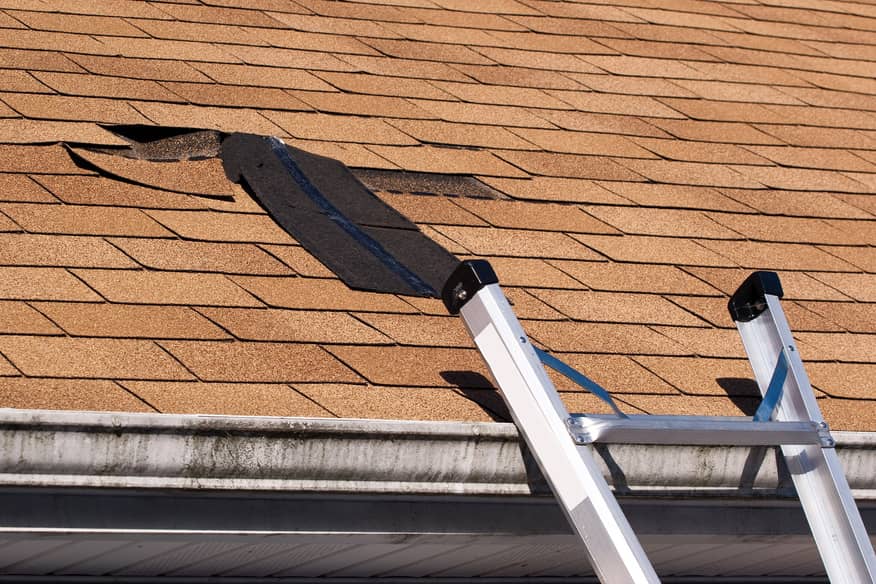
When Do I Call A Professional
Although you might feel the need to inspect your roof alone, it is probably best to call on a professionally licensed roofing contractor. They are aware of all of the local building codes and can identify a leak fairly quickly. You will also want to reach out to your local home inspection team. They can conduct a roof inspection at the same time as your home inspection. Knowing what repairs you need and how many leaks you might have are important before you hire a roofing contractor.
Conclusion
Getting your roof inspected is a great idea. Additionally, you can ask for a full home inspection as the roof inspection is part of this. Making sure that you are aware of the damage to your roof and where any leaks are located is key. Having a home inspection done also allows you to eliminate other potential causes for the leak. In some cases, the leaks are caused by plumbing issues. So before you go spending money on a roofing contractor for repairs, get the roof inspected. We can check your roof when we are conducting home inspections in the Atlanta, Ga. area.




